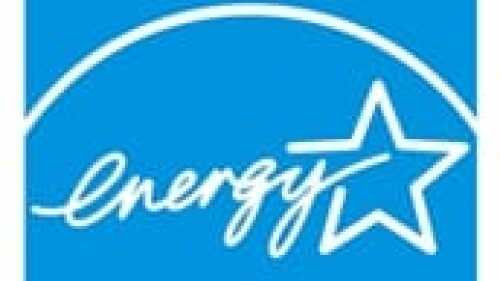Innovation Districts & Corridors
This year, several Urban Land Institute members finished strong in the U.S. Environmental Protection Agency’s Energy Star National Building Competition to see who could reduce their energy use the most.
According to the U.S. Chamber of Commerce, states that are now the most business-friendly are inland locales, ranging from Kentucky and Tennessee in the east, westward to Wyoming and Utah.
All across America, surface parking lots dot metropolitan landscapes, serving the same solitary purpose day after day. But in some parts of the country, these underused parcels of real estate are becoming the new frontier in solar power. So far in 2011, thousands of solar panels have been constructed over parking lots in California, Maryland, Ohio, and New Jersey, among other places.
Marilee Utter, a longtime ULI trustee, has been named executive vice president of the institute’s district council program, which serves members in the United States, Europe, and Asia. She will be responsible for the overall management, leadership, and delivery of the conceptual and programmatic functions offered by the district councils. Read about the strengths she brings to the job.
Portland, Oregon, developer Mark Desbrow formed Green Light Development to pioneer a 45-unit independent living cooperative, called the Sheldon Cooperative. Read about some of the advantages the independent cooperative housing model offers buyers, as well as developers, compared with the more traditional models and services offered by condominiums.
South America’s largest and most vibrant economy, Brazil, is very hot for real estate development nowadays. It is also one of the fastest-growing emerging countries in the world, with gross domestic product gains of 7.5 percent last year, and expectations of 4.5 percent this year—substantially outpacing the United States. Learn what companies should know before jumping into this exciting real estate market.
If the real estate industry can use this time to recalibrate its thinking about what is an appropriate level of risk-adjusted return, and how it might better account for all costs imposed by real estate development—from commodity to responsible—it may have a better chance to get the next decade of real estate investment right. Read how the real estate industry can lay the foundation for a more successful outcome when the market returns.
Though considered one of the markets hardest hit by the real estate downturn, Arizona is also expected to offer the greatest opportunity in the coming years for those willing to adapt and learn. Read what five young professionals are doing to push boundaries and shape the future of the real estate industry in Arizona.
In an effort to facilitate walkable urbanism while harnessing suburban growth into sustainable neighborhoods, the North Central Texas Council of Governments has partnered with the Partnership for Livable Communities to help finance the construction of a transit line along a right-of-way called the Cotton Belt. Read how creative finance is poised to get this project done years ahead of schedule.
Medical providers from coast to coast increasingly are considering locating services in existing retail and dark big-box locations—an approach that may be the most expedient for adapting to the changing demographics and new patient capacity required by the health care legislation. Learn what special considerations are required when contemplating such a renovation.





